Understanding hair types is key to unlocking the secrets of effective hair care, styling, and even addressing medical concerns. Whether you’re a layperson curious about your locks or a medical professional looking to broaden your knowledge, this guide simplifies everything from basic classifications to advanced diagrams.
Why Hair Types Matter?
Hair is more than just a defining feature; it’s a reflection of health, ethnicity, and care habits. From determining the best products to diagnosing scalp conditions, knowing your hair type can make a world of difference.
What Are the 4 Types of Hair?
Hair is commonly divided into four primary categories: 1, 2, 3, and 4, each representing a spectrum of textures:
- Type 1: Straight Hair
Fine or coarse, straight hair lacks natural curls and tends to reflect light, giving it a shiny appearance.- Subtypes:
- 1A: Thin and soft.
- 1B: Straight with slight volume.
- 1C: Coarse and resistant to styling.
- Subtypes:
- Type 2: Wavy Hair
A blend of straight and curly textures, wavy hair is versatile yet prone to frizz.- Subtypes:
- 2A: Loose waves.
- 2B: Defined waves with slight frizz.
- 2C: Thick waves with a hint of curls.
- Subtypes:
- Type 3: Curly Hair
Characterized by springy curls, this type is more susceptible to dryness.- Subtypes:
- 3A: Loose curls.
- 3B: Bouncy ringlets.
- 3C: Tight corkscrews.
- Subtypes:
- Type 4: Coily/Kinky Hair
Tight curls or zigzag patterns define this type, which is fragile and prone to shrinkage.- Subtypes:
- 4A: Defined coils.
- 4B: Z-shaped curls.
- 4C: Tightly coiled with no defined curl pattern.
- Subtypes:
Hair Types Chart: A Visual Guide
A hair types chart is a handy tool for identifying your category at a glance. Below is a simplified breakdown:
| Hair Type | Texture | Description |
|---|---|---|
| 1A | Straight | Thin, soft, and shiny. |
| 2B | Wavy | Loose waves with frizz. |
| 3C | Curly | Tight corkscrew curls. |
| 4C | Coily/Kinky | Dense, fragile, and coiled. |
These charts not only assist individuals but also aid dermatologists and trichologists in assessing hair for clinical conditions like alopecia or scalp psoriasis.
Related Article: Benefits of Beef Tallow for Skin: Nature’s Best-Kept Secret
How Numbers and Letters Classify Hair Types
The classification system uses a number-letter pairing to capture texture and strand behavior. Here’s a quick guide:
- Numbers (1-4): Represent the overall texture, from straight to coily.
- Letters (A-C): Indicate thickness and curl tightness within each category.
For example, 3B signifies medium-tight curls, while 2C means thick, wavy hair with a tendency to frizz.
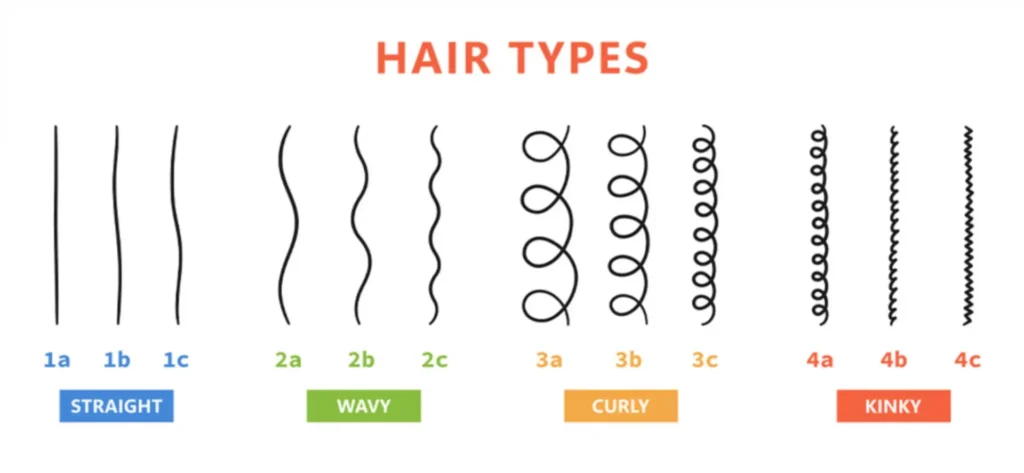
Hair Types and Textures: Understanding the Science
Hair texture is influenced by:
- Genetics: Determines curl patterns and strand thickness.
- Cuticle Shape: Straight hair has flat cuticles, while curly hair has elliptical ones.
- Sebum Distribution: Straight hair evenly distributes oils, while curly hair struggles, leading to dryness.
Knowing your texture helps in:
- Choosing appropriate moisturizers or anti-frizz products.
- Minimizing damage during styling and treatments.
Related Article: Cosmetic Surgery Options for Snub Noses
Strand Analysis: Beyond Texture
Individual strands also play a role in hair typing.
- Fine strands: Delicate and prone to breakage.
- Medium strands: A balance of strength and flexibility.
- Thick strands: Coarse and resilient but harder to style.
Microscopic strand analysis is often employed by dermatologists for assessing hair density and diagnosing thinning conditions.
Why Hair Types Matter in Medical and Aesthetic Care
- Hair types assist in diagnosing scalp and follicle conditions.
- Treatments like PRP therapy and minoxidil are more effective when tailored to specific hair types.
- It ensures better product selection and styling methods, reducing damage and enhancing natural beauty.
Understanding your hair type isn’t just about aesthetics; it’s a combination of science and self-care. Whether you’re looking for the perfect shampoo or diagnosing a scalp condition, this guide serves as your ultimate resource.
For more personalized advice or medical consultations, feel free to explore our resources or connect with experts at The Face Clinic.
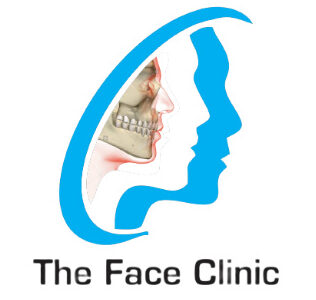
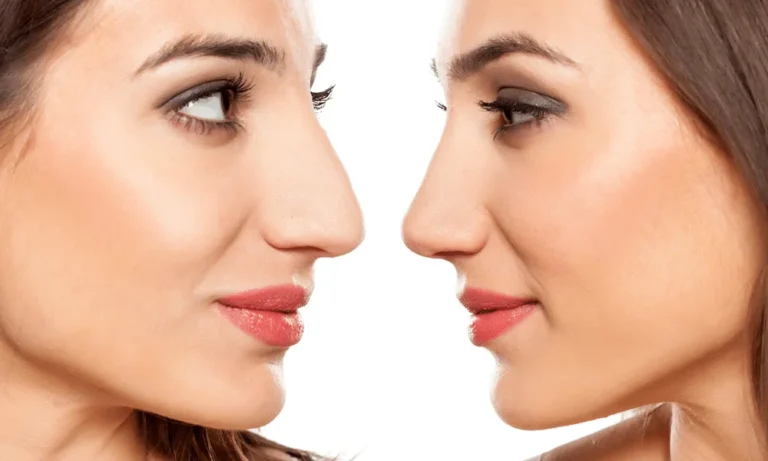
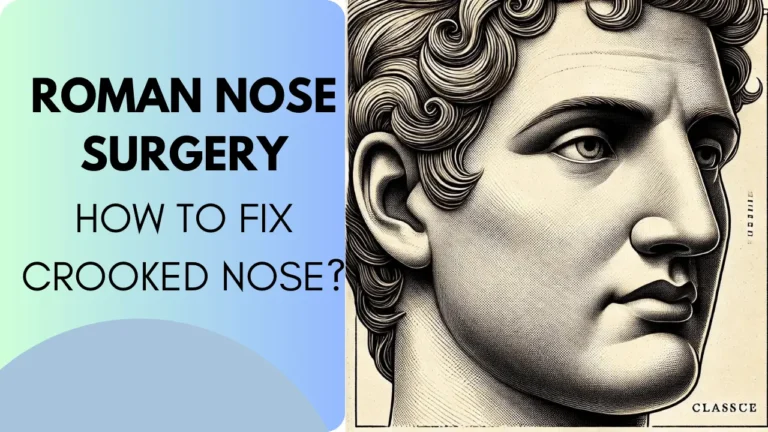
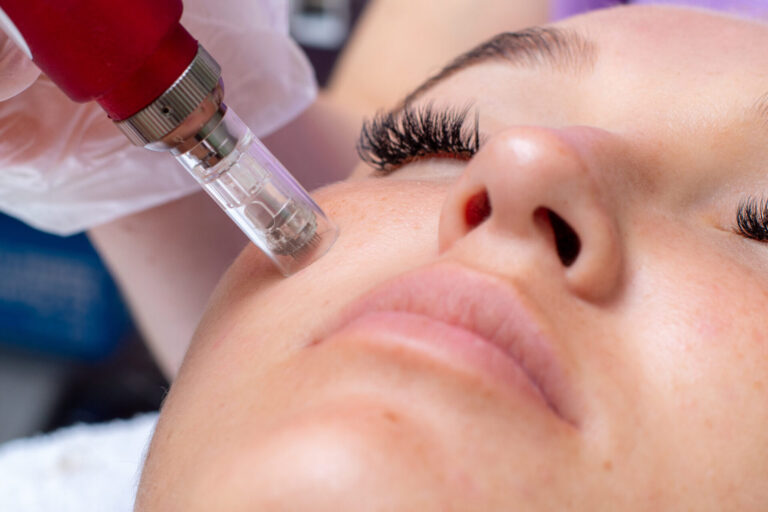

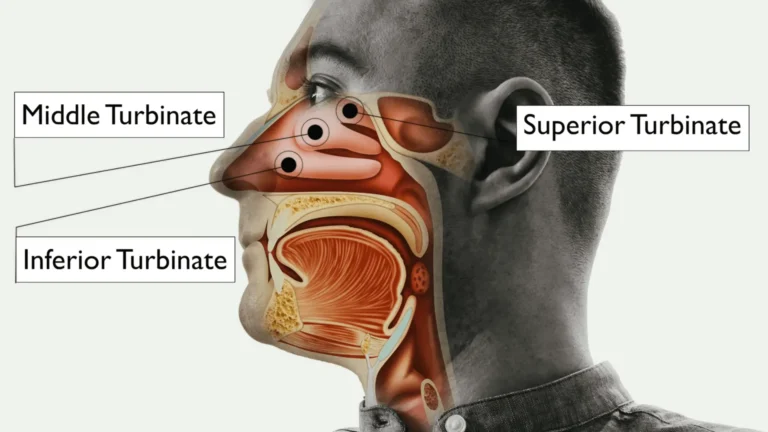
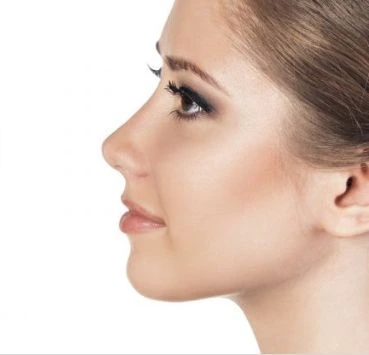
3 Comments
Comments are closed.